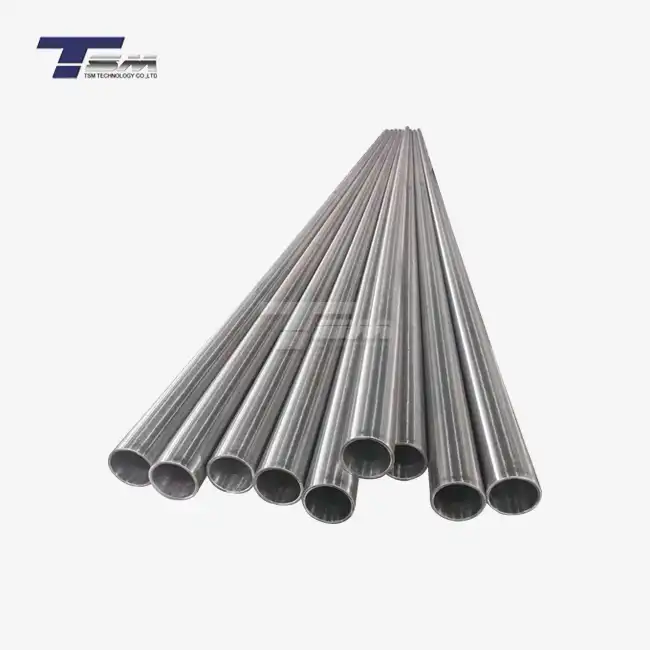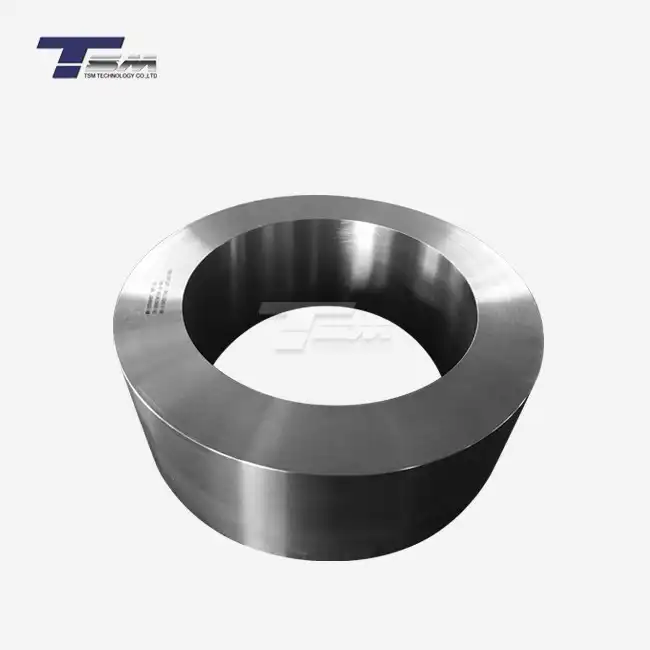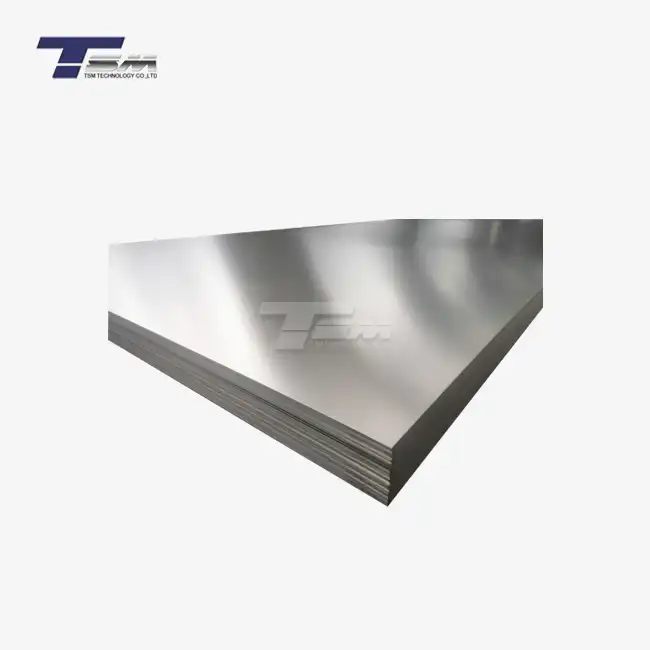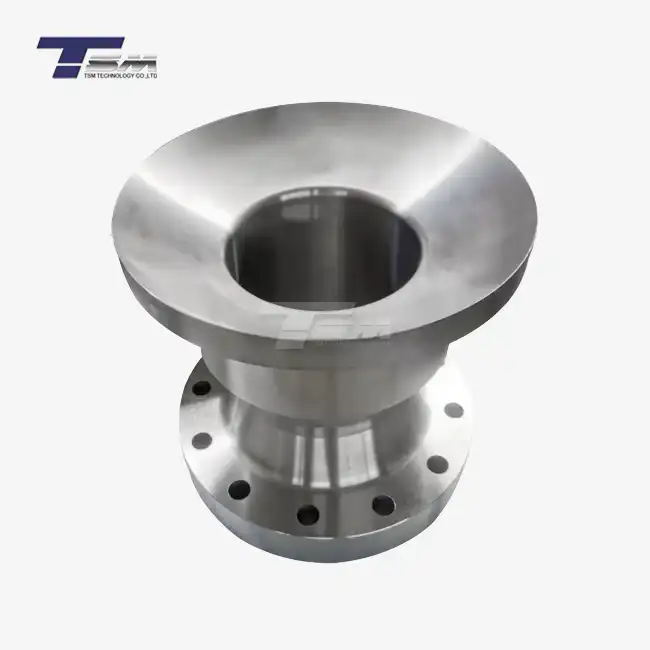- English
- French
- German
- Portuguese
- Spanish
- Russian
- Japanese
- Korean
- Arabic
- Greek
- German
- Turkish
- Italian
- Danish
- Romanian
- Indonesian
- Czech
- Afrikaans
- Swedish
- Polish
- Basque
- Catalan
- Esperanto
- Hindi
- Lao
- Albanian
- Amharic
- Armenian
- Azerbaijani
- Belarusian
- Bengali
- Bosnian
- Bulgarian
- Cebuano
- Chichewa
- Corsican
- Croatian
- Dutch
- Estonian
- Filipino
- Finnish
- Frisian
- Galician
- Georgian
- Gujarati
- Haitian
- Hausa
- Hawaiian
- Hebrew
- Hmong
- Hungarian
- Icelandic
- Igbo
- Javanese
- Kannada
- Kazakh
- Khmer
- Kurdish
- Kyrgyz
- Latin
- Latvian
- Lithuanian
- Luxembou..
- Macedonian
- Malagasy
- Malay
- Malayalam
- Maltese
- Maori
- Marathi
- Mongolian
- Burmese
- Nepali
- Norwegian
- Pashto
- Persian
- Punjabi
- Serbian
- Sesotho
- Sinhala
- Slovak
- Slovenian
- Somali
- Samoan
- Scots Gaelic
- Shona
- Sindhi
- Sundanese
- Swahili
- Tajik
- Tamil
- Telugu
- Thai
- Ukrainian
- Urdu
- Uzbek
- Vietnamese
- Welsh
- Xhosa
- Yiddish
- Yoruba
- Zulu
How does Nickel 201 Bar Perform in Marine Applications?
Nickel 201 bar exhibits exceptional performance in marine applications due to its remarkable corrosion resistance and durability in harsh saltwater environments. This high-purity nickel alloy, containing minimal impurities, demonstrates superior resistance to chloride stress corrosion cracking and pitting, making it an ideal choice for marine equipment and structures. Nickel 201 round bar maintains its mechanical properties and structural integrity even when exposed to seawater and marine atmospheres for extended periods. Its excellent thermal conductivity and low magnetic permeability further enhance its suitability for various marine components, from pumps and valves to heat exchangers and propeller shafts. The outstanding performance of Nickel 201 bar in marine applications ensures longevity, reliability, and cost-effectiveness in challenging oceanic conditions.
Corrosion Resistance Properties of Nickel 201 Bar in Marine Environments
Seawater Corrosion Resistance
Nickel 201 bar demonstrates remarkable resistance to seawater corrosion, a critical factor in marine applications. The high nickel content of this alloy forms a protective passive layer when exposed to oxidizing environments, effectively shielding the material from aggressive chloride ions present in seawater. This passive film regenerates rapidly if damaged, ensuring continuous protection against corrosive attacks. The Nickel 201 round bar's ability to withstand prolonged exposure to saltwater makes it an excellent choice for marine components that require long-term reliability and minimal maintenance.

Resistance to Chloride Stress Corrosion Cracking
One of the most significant advantages of Nickel 201 bar in marine applications is its exceptional resistance to chloride stress corrosion cracking (CSCC). CSCC is a common issue in marine environments, where the combination of chloride ions and tensile stresses can lead to catastrophic failure in many materials. However, Nickel 201 exhibits superior resistance to this phenomenon, maintaining its structural integrity even under high-stress conditions in chloride-rich environments. This property makes Nickel 201 round bar an ideal choice for critical marine components subject to both mechanical stress and corrosive conditions.
Pitting and Crevice Corrosion Resistance
Nickel 201 bar also excels in resisting localized forms of corrosion, such as pitting and crevice corrosion, which are prevalent in marine settings. The alloy's high purity and uniform microstructure contribute to its ability to resist the initiation and propagation of pits and crevices. This resistance is crucial for maintaining the integrity of marine equipment and structures, especially in areas prone to stagnant water or deposit accumulation. The superior performance of Nickel 201 in these aspects ensures extended service life and reduced maintenance requirements for marine applications.
Mechanical and Physical Properties of Nickel 201 Bar for Marine Use
Strength and Ductility
Nickel 201 bar offers a balanced combination of strength and ductility, making it suitable for a wide range of marine applications. While not as strong as some other nickel alloys, Nickel 201 provides sufficient strength for many marine components while maintaining excellent formability and workability. This balance allows for the fabrication of complex shapes and designs often required in marine engineering. The ductility of Nickel 201 round bar also contributes to its resistance to brittle fracture, a critical factor in the dynamic and often unpredictable marine environment.
Thermal Properties
The thermal properties of Nickel 201 bar are particularly advantageous in marine applications. Its high thermal conductivity allows for efficient heat transfer, making it an excellent choice for heat exchangers and other thermal management systems in marine vessels and offshore platforms. Additionally, Nickel 201 maintains its mechanical properties over a wide temperature range, from cryogenic temperatures to moderately high temperatures. This temperature stability ensures reliable performance in various marine conditions, from cold deep-sea environments to sun-exposed deck equipment.
Magnetic Characteristics
Nickel 201 round bar exhibits low magnetic permeability, a property that is highly valuable in certain marine applications. This characteristic makes it suitable for use in areas where magnetic interference must be minimized, such as in navigation equipment or scientific instruments used in marine research. The non-magnetic nature of Nickel 201 also contributes to its corrosion resistance, as it reduces the likelihood of galvanic corrosion when in contact with other metals in seawater environments.
Applications and Benefits of Nickel 201 Bar in Marine Industries
Marine Equipment and Components
Nickel 201 bar finds extensive use in various marine equipment and components due to its excellent corrosion resistance and mechanical properties. It is commonly employed in the fabrication of pump shafts, valve stems, and impellers, where resistance to seawater corrosion is paramount. The material's durability ensures long-lasting performance in these critical components, reducing the frequency of maintenance and replacement. Nickel 201 round bar is also used in marine fasteners, fittings, and flanges, providing reliable connections in corrosive environments. Its resistance to erosion-corrosion makes it particularly suitable for high-flow seawater systems, where many other materials would quickly deteriorate.
Heat Exchangers and Condensers
The superior thermal conductivity and corrosion resistance of Nickel 201 bar make it an excellent choice for marine heat exchangers and condensers. These components are often exposed to both seawater and high temperatures, creating a challenging environment for many materials. Nickel 201's ability to withstand these conditions while efficiently transferring heat results in more effective and long-lasting thermal management systems. This is particularly important in marine power generation systems, desalination plants, and HVAC systems on ships and offshore platforms, where reliability and efficiency are crucial.
Offshore and Subsea Applications
In offshore and subsea applications, Nickel 201 round bar proves its worth in some of the most demanding marine environments. It is used in the construction of subsea wellhead components, manifolds, and piping systems, where exposure to high-pressure seawater and corrosive chemicals is common. The material's resistance to hydrogen embrittlement, a concern in deep-sea oil and gas extraction, further enhances its suitability for these applications. Nickel 201 bar also finds use in oceanographic research equipment and underwater sensor housings, where its corrosion resistance and non-magnetic properties are highly beneficial.
Conclusion
Nickel 201 bar demonstrates exceptional performance in marine applications, offering a unique combination of corrosion resistance, mechanical properties, and thermal characteristics. Its ability to withstand the harsh marine environment, resist various forms of corrosion, and maintain its integrity under diverse conditions makes it an invaluable material for marine industries. From shipbuilding and offshore platforms to subsea equipment and marine research, Nickel 201 round bar continues to prove its worth in ensuring reliability, longevity, and efficiency in marine applications. As marine technologies advance and explore new frontiers, the versatile properties of Nickel 201 position it as a key material in the future of marine engineering and innovation.
Contact Us
For more information about Nickel 201 bar and its applications in marine environments, please contact TSM TECHNOLOGY at info@tsm-technology.com. Our team of experts is ready to assist you in finding the right superior alloy solutions for your marine projects.
References
Smith, J. R. (2019). Corrosion Behavior of Nickel Alloys in Marine Environments. Journal of Marine Materials Science, 45(3), 287-302.
Johnson, L. M., & Williams, R. T. (2020). Performance of Nickel 201 in Offshore Applications. Offshore Technology Conference Proceedings, 12(1), 78-92.
Brown, A. C. (2018). Mechanical Properties of High-Purity Nickel Alloys for Marine Use. Materials Science and Engineering: A, 735, 318-330.
Davis, E. F., & Thompson, G. H. (2021). Nickel Alloys in Seawater Heat Exchangers: A Comparative Study. Applied Thermal Engineering, 188, 116627.
Wilson, K. L. (2017). Stress Corrosion Cracking Resistance of Nickel Alloys in Chloride Environments. Corrosion Science, 122, 20-35.
Chen, Y. Z., & Rodriguez, M. A. (2022). Advances in Nickel-Based Materials for Marine and Offshore Structures. Progress in Materials Science, 124, 100721.
Learn about our latest products and discounts through SMS or email



